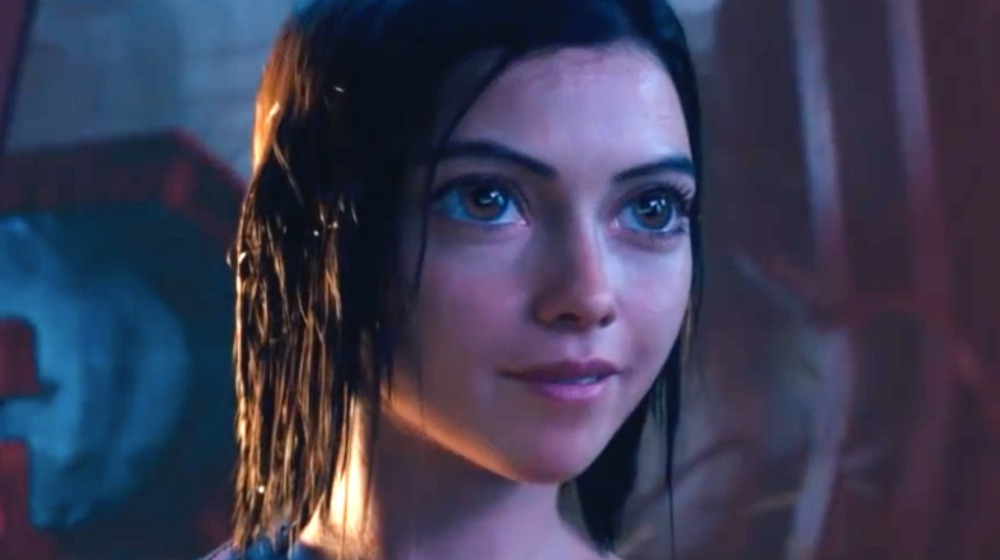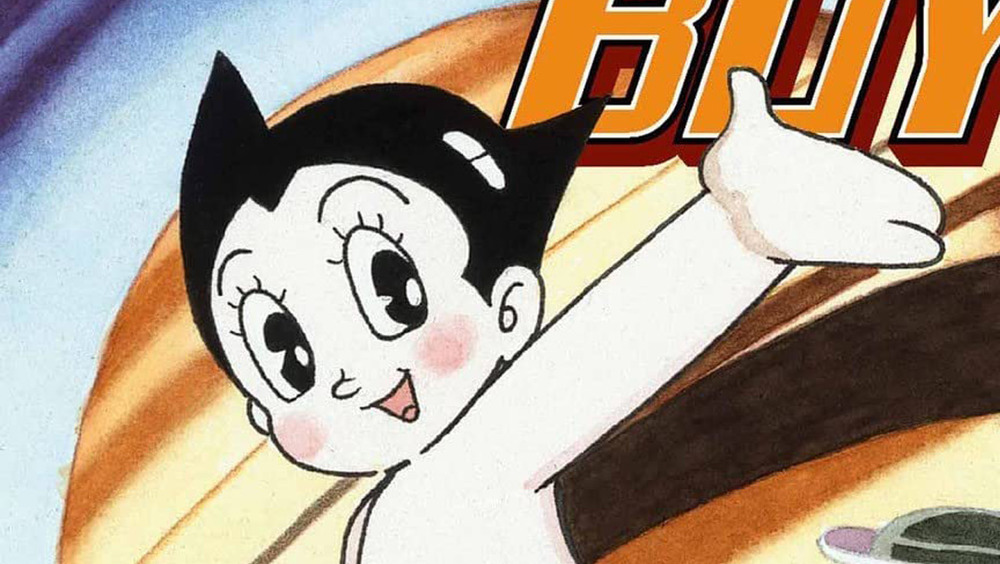The Classic Manga You Need To Read If You Loved Alita: Battle Angel
The James Cameron-produced, Robert Rodriguez-directed Alita: Battle Angel has achieved cult status. After the film underperformed for a tentpole franchise, real sci-fi heads have rallied around it for its inventive premise, its fidelity to the source material, and the big-eyed charms of lead actress Rosa Salazar. Fans of the franchise, calling themselves "the Alita Army," massed on Twitter in 2020 and demanded a rerelease of the film. While their efforts weren't as successful as the Snyder Cut devotees', Cinemark did acknowledge their tweetstorm within hours of the campaign's start.
Until their ultimate goal is reached, the Alita Army can console itself with the manga and anime that inspired their beloved Battle Angel. The film itself was based on a manga, Yukito Kishiro's Gunnm. The manga was originally released in Business Jump magazine from 1990 to 1995. In 1993, an OVA was released of Gunnm, with the translated title of Battle Angel.
Kishiro has spoken about how his work was inspired by the Gundam series of anime, especially the designs on Mobile Suit Gundam. But there is another iconic manga-turned-anime that helped bring Alita: Battle Angel to life, and fans might be interested in checking it out.
The godfather of manga
On the Alita: Battle Angel blu-ray special features, we see Cameron and crew visit Kishiro in Japan. According to Fandom, Kishiro expresses the doubt he had while making the original manga, as well as his debt to Astro Boy creator Osamu Tezuka.
Astro Boy was one of the first manga and anime mega-hits. The story focuses on the titular Astro Boy, a robot boy built to replace Doctor Tenma's dead son. Tenma never warms to his creation, so he sells Astro Boy to a circus. Eventually, Astro Boy is rescued by Professor Ochanomizu. From then on, Astro Boy serves as a superhero, battling evil humans and robots (and sometimes aliens). The character has had multiple anime and manga iterations, and was adapted for American audiences in 2009.
Alita fans can likely see the obvious parallels between Alita and Astro Boy: Both are replacements for a dead child; both fight for robot rights; and of course there's those big ol' eyes. Tezuka is often credited as the inventor of giant anime eyes (via JAPANSociology). He, in turn, was inspired by Walt Disney and the giant eyes of his Silly Symphony characters.
Alita: Battle Angel is a melting pot of international influences. The Terminator impresario teams up with a Mexican-American director to adapt a Japanese manga with Terminator- and Astro Boy-like themes, and whose roots lie in classic American animation. While we all suffer the interminable wait for a sequel that may never exist, we might as well dive deeper into inspiration.

